Nine days ago, Nokomis High School music teacher Andrew Maderios was found guilty of domestic violence abuse charges stemming from a series of attacks in 2013 and 2014 on his then-girlfriend.
That trial once again put domestic violence on the front page in Maine, a state where about half of the two dozen or so murders every year are domestic violence-related.
Somerset County alone expects nearly 1,000 domestic violence reports this year, Sheriff Dale Lancaster said. That’s up a couple hundred from last year and even more from 2013.
In a group interview last week, Lancaster, Somerset County District Attorney Maeghan Maloney, and county domestic violence investigator Mike Pike said more attention aimed at domestic violence by law enforcment and making the community more aware of the issues surrounding it have led to better tools to handle it.
The effort began after the issue roared to the forefront four years ago when two domestic violence attacks in eight days in Dexter and Winslow left two women and two children dead. The men who killed them also died at their own hands.
The killings changed the way central Maine views domestic violence, Maloney said.
But domestic violence is hard to fight, because it’s about more than just people breaking the law. It’s about human behavior, law enforcement and victim advocates say.
Ultimately, it’s about control over another human being’s life, Pike said. It’s about power, and it’s about what Pike calls owning the truth.
“Women, particularly women because they are the vast majority of domestic violence victims … over time and conditioning learn to identify with their partner even though he might be abusive,” Pike said.
“The prevailing thing that I hear from working with victims isn’t, ‘Oh, well, he hurt me or he abused me’; it’s ‘I love him,’” Pike said. “They are still looking at the good in this guy, maybe to the detriment of their own safety.”
He compared it to a kind of Stockholm syndrome, in which captives identify with and protect their captors.
The abuser knows he is loved and promises that “this will be the last time,” and then it happens again, Pike said. Each time it gets worse.
“Domestic violence abusers believe they are owners of the truth. They have a particular worldview that their way of thinking, their way of engaging with their partner in a relationship is correct.”
In last week’s interview, Pike, Maloney and Lancaster stressed that added attention to the issue and new ways of looking at solutions are necessary, and that despite increased reports of abuse, they are working.
TURNING POINT
Maderios was tried on nine charges of domestic violence abuse, bolstered by chilling audio recordings of two attacks made by the victim on her cellphone.
Maderios, 29, of Pittsfield, was convicted on four counts, two of them felonies, Sept. 4. A sentencing date has yet to be set.
Maloney stressed at both a hearing a year ago and again at the trial how dangerous Maderios was. Assessments on dangerousness scales, one of which the state Legislature has adopted as evidentiary, and the fact that he strangled his victim could have turned it into a murder case, she said in court.
The Maderios trial was the latest central Maine domestic violence case to get intense media attention.
Weeks before, Robert Burton, of Parkman in Piscataquis County, was arrested after being on the run for nine weeks and is charged with killing his former girlfriend, Stephanie Gebo, in her house June 5, days after they broke up.
Those stories are nothing new. Almost daily, the Morning Sentinel carries stories about domestic abuse arrests and convictions. Maloney has said that “there’s no such thing as a routine domestic abuse case.”
But two in early June 2011 were the turning point for her district, she said Friday.
On June 13, 2011, Amy Bagley Lake and her two children, Monica, 12, and Coty, 13, were killed by her estranged husband, Steven Lake, who then took his own life.
A week earlier, Nathaniel Gordon chased his wife, Sarah, down the street in Winslow and shot her as their two children looked on from the house. Gordon later led police on a chase before shooting himself.
The Lake and Gordon killings mobilized the community to stage rallies and call for action, including a rally in Waterville at which community leaders, many of them men, called on men to get involved in helping to solve the problem.
Maloney pledged a zero tolerance policy for such cases when she first ran for office in 2012. After she was elected to her first term as district attorney for Somerset and Kennebec counties, she said that she and other advocates intended to shape “a community response to domestic violence, one that really looks at each situation from start to finish.”
A domestic violence response pilot program that helped attack the roots of the problem was also started in Somerset County after the Bagley Lake killings. Maloney and other officials participated in a walk in the victims’ memories in 2013 that raised $14,000 toward starting an electronic monitoring program in Somerset County.
“We are seeing successes that domestic violence is being treated more seriously,” she said at the time.
Maloney said that those 2011 cases had an impact on the victim in the Maderios case.
She said the victim was terrified that Maderios would kill her when the police got involved.
The woman, whom the Morning Sentinel is not identifying, was asked not to bring up area cases of domestic violence homicide during her trial testimony, but she spoke with Maloney about Lake and Burton and how she wasn’t going to be safe if she left Maderios.
“Unfortunately, it’s a logical way to think, because we have so many examples of victims being killed when they leave,” Maloney said. “We absolutely have to get the word out that we now have the ability to keep the victims safe during pre-trial.”
That added attention comes as domestic violence reports are on the rise in Somerset County, where commissioners agreed to add a patrol deputy in January because of the high volume of calls. There are now three patrol deputies per shift for a coverage area of 4,000 square miles.
“It’s still inadequate,” said Lancaster, Somerset County’s sheriff. “We handled over 12,000 calls for service last year, and we’re on track to bypass that this year.”
Domestic disturbance calls in Somerset County in 2014 numbered 835. As of early September, there have been 639 domestic violence reports, putting the county on track for about 900 to 950 calls for the year, he said.
“I think with public awareness, with education, it’s being reported more. That for sure is one of the factors (in the rise in reports),” Lancaster said. “Also because of the economics of the county, there is a lot of stress, stresses on the family that ignite some of these calls.”
Maloney also noted that domestic violence crosses economic barriers. It’s not just poor, uneducated people who abuse a spouse or a loved one, making public outreach and education essential to public health.
Lancaster said, though, it all comes down to human behavior: “But at the base, there is this core of how we treat other human beings. People do not know how to communicate well with other people, how to handle conflict within the relationship.”
Add in problems with drugs and alcohol — substance abuse — and a volatile situation can turn violent quickly.
THE CONTROL WHEEL
Somerset County investigator Pike said domestic abusers are “owners of the truth,” viewing their way as the right way.
He said he sees that dynamic a lot in the county’s certified batterers program. Men tell him that is how they were raised.
Lancaster said domestic violence begins with control over the family’s finances, usually by the man, who also exerts control over which friends his partner can see and when and how often she can see them. He controls where she can go and when.
Control can easily progress to violence, which becomes “a manifestation of the whole control wheel,” Lancaster said. “They’ll use physical violence to enforce, or belittle. It’s unpredictable when the physical assault will take place.”
In the Robert Burton case, which was handled by Piscataquis County authorities, victim Stephanie Gebo’s father said she was increasingly estranged from her family at Burton’s insistence.
Vance Ginn said in an interview with the Morning Sentinel after Burton’s arrest on murder charges that he realized too late that the separation between his daughter and himself and her stepmother may have been a sign of an abusive relationship. Gebo was killed June 5.
Francine Stark, the executive director of the Maine Coalition to End Domestic Violence, said control over a victim of domestic abuse can be carried out in ways that the victim may not even be aware of.
“Domestic violence is not just about physical assault,” Stark said. “Physical assault in domestic abuse and violence is one of the tactics that’s used by the perpetrator of abuse, but most of what they do isn’t against the law.”
Stark said tactics of domestic abuse that are not against the law include using size to intimidate the other person or threatening to break something that matters to the other person or to expose information about a partner the person wouldn’t want made public.
“Threats of suicide are very powerful,” she said. “Many times perpetrators say, ‘Oh, you can’t leave me. I love you so much if you ever left me I’d have to kill myself.’”
Stark said economic abuse also is common. She said a partner will sabotage a spouse’s ability to get or keep a job or get an eduction by not showing up to take care of the kids so the partner can’t go to work. An abuser may sabotage a partner’s car, and the partner may not even know why the car didn’t start that morning.
Stark agreed with Pike that domestic abusers feel they “own the truth” and believe they don’t have to treat their intimate partner with respect and dignity.
NEW TOOLS
Lancaster said that when he attended the Maine Criminal Justice Academy in the 1970s, there was no training on the handling of domestic violence cases. Such incidents were considered “family matters,” and the police officer’s job was simply to separate the parties for the night.
All of that has changed, he said.
Maloney agreed that there have been good starts locally at combating the problem in new ways, including a domestic violence task force made up of police officers and prosecutors in Somerset and Kennebec counties, electronic monitoring ankle bracelets and arguing in court for no-contact bail conditions.
Working with the Family Violence Project has been essential, Maloney said.
“We have to have the Family Violence Project as a partner with us, lending a shelter for domestic violence victims so they have a place to go. They have a 24-hour, seven-day-a-week hotline,” Maloney said. “We have to have law enforcement and prosecution working together using new tools.”
The Family Violence Program has a strict confidentially policy, she said.
Police officers now perform the Ontario Domestic Assault Risk Assessment as part of their reports on all domestic violence cases, Maloney said. The assessment score can help determine the level of bail to be set.
The Ontario approach is a danger assessment that helps to determine the level of risk an abused woman has of being killed by her intimate partner, according to the website www.dangerassessment.org. It’s been adopted by the Maine Legislature as an evidential measure for future behavior.
At a Maderios bail hearing in August 2014, Maloney said he ranked high on both the Ontario assessment and the Campbell Danger Assessment and she argued for a higher bail.
On the Ontario Domestic Assault Risk Assessment, Maderios registered a 60 percent chance of committing another domestic violence assault in the next five years, Maloney said at the time. On the Campbell assessment, Maderios ranked near the top level for being a high risk for future domestic violence, she said.
“It’s predictive of future lethality — meaning it’s predictive of potential homicide,” Maloney said at the time. “I’m extremely concerned, given the death threats.”
Other tools for domestic violence victims in Maine include mandatory arrest for the perpetrator, the designation of strangulation in domestic violence assaults as a felony crime, and evidence-based prosecution where the alleged victim is unwilling or unable to appear in court to testify.
NOT THAT EASY
But even with the greater attention on protecting victims and preventing violence, there are still questions about whether law enforcement and prosecutors are handling the issue fairly.
Maderios’ lawyer, Leonard Sharon, said the added attention tips the scales of justice unfairly toward those making reports, giving them “instant credibility.” He even demonstrated the concept in his closing arguments in the Maderios trial Sept. 3, using scales to make his point.
“You have people who latch on to the crime du jour and announce themselves to be victims when they’re not,” he said in an interview last week. “People are more willing to report (domestic violence) because they have more support, and judges are more willing to treat it seriously because it is a serious crime.
“The climate has become more receptive to the reporting and the prosecution.
“What I see in 45 years of practice is that every so often someone announces that a certain crime is now the newest problem facing law enforcement and the citizenry,” Sharon said. “I’m not saying that domestic violence is not a problem — obviously it is a problem — but it became the crime du jour and a lot of money started getting thrown at it.”
More prosecutors, law enforcement officers and victim advocates are hired and “the tenor of the country changes,” Sharon said, so the question has become: Does the defendant get more rights or does the victim get more rights?
The Constitution guarantees a defendant’s right to a fair trial but victims now “gain instant credibility,” he said, leaving the door open to false allegations.
Maloney disagreed and said the attention has led to cases that are “better prepared than ever.” Lawyers have more time, resources and evidence devoted to finding the truth.
That’s good for defendants too, she said, because it’s about “getting it right.”
“This is a crime that we take seriously, that we prosecute seriously and that we’re not going to tolerate,” she said.
Maloney said she sets a high bar for domestic violence cases and that her office must be able to prove them beyond a reasonable doubt in court.
“We are much better at weeding out the cases that should go forward and the ones that shouldn’t go forward,” Maloney said. “I can say that we don’t issue complaints in every case. It may be we sometimes don’t believe the victim or we feel we can’t prove a case, so I don’t issue a complaint against a defendant.”
Concerns about false allegations aside, Maloney said the most difficult question she hears is: Why doesn’t the victim just leave?
“I think the answer is — when you look at Robert Burton — because when the victim leaves that’s often when she’s killed, so we have to do a better job keeping her safe when she calls 911,” Maloney said.
Lancaster added that if the man controls all the money, the family’s transportation and her friends and has managed to isolate the victim, the person has the feeling that she can’t leave, especially if there are children involved.
“I hear it a lot — why don’t they just leave? It’s not that easy,” Lancaster said.
Pike said education and school-based programs even for young children, such as the Hands Are Not For Hurting program and Life Skills, can set the stage for an increased awareness in preventing domestic violence.
“I think parents would hopefully role model a healthy, respectful relationship for their children,” Pike said. “That’s something that parents could do every day, starting today. And if someone witnesses domestic violence or has a close friend or relative that disclosed to them they are a victim of domestic violence, be supportive. Believe them. Listen to them. Help them.”
Stark, of the Maine Coalition to End Domestic Violence, said she “remains optimistic.”
“I just consistently hear such a strong will and intent on the part of law enforcement and other partners to really make a difference,” Stark said. “People haven’t given up, and there certainly is lots more work to do. We all play a role in raising up the community that we live in.”
Doug Harlow — 612-2367
Twitter: @Doug_Harlow
Send questions/comments to the editors.


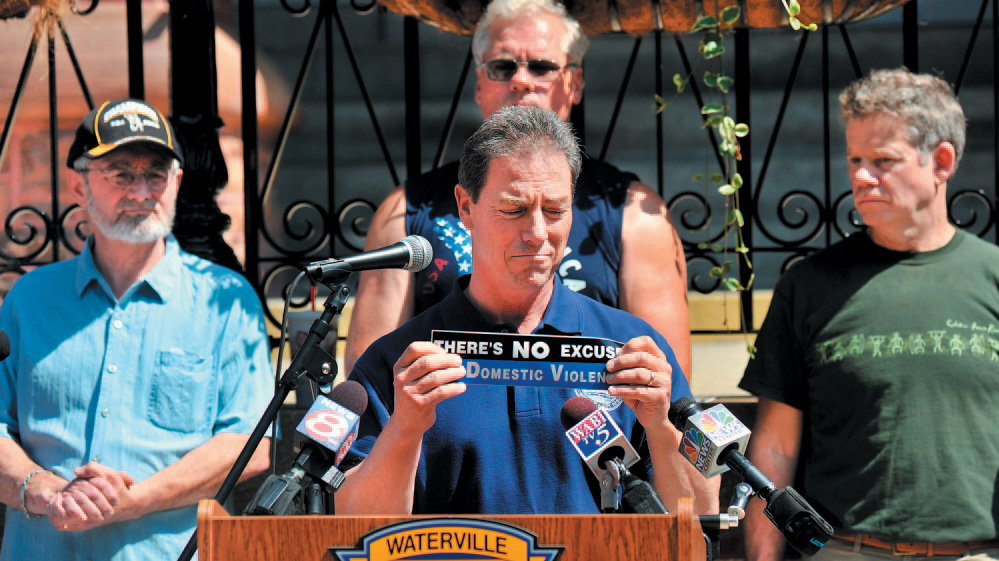
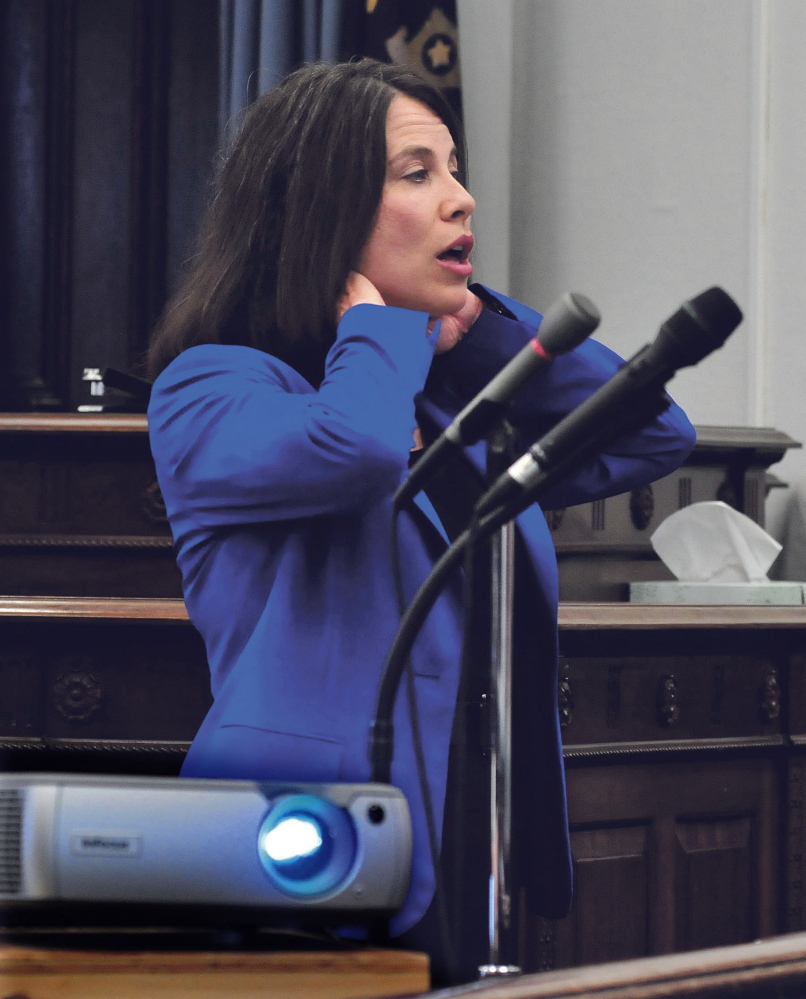
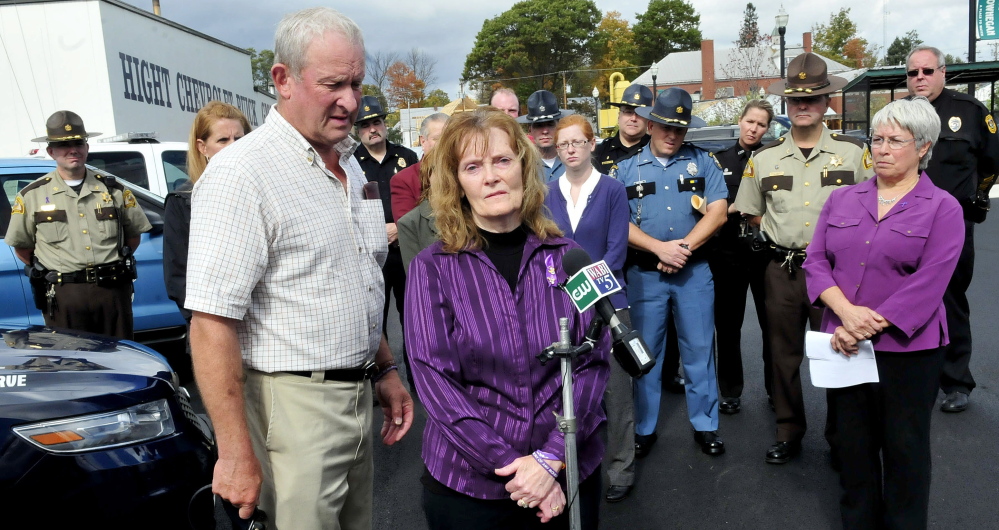

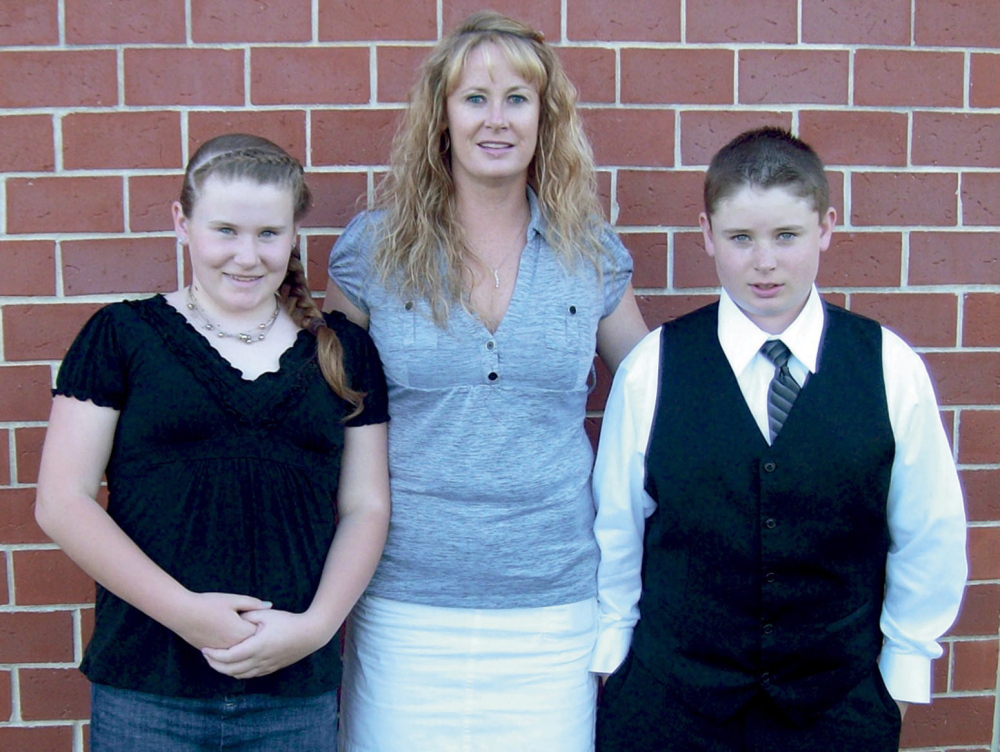
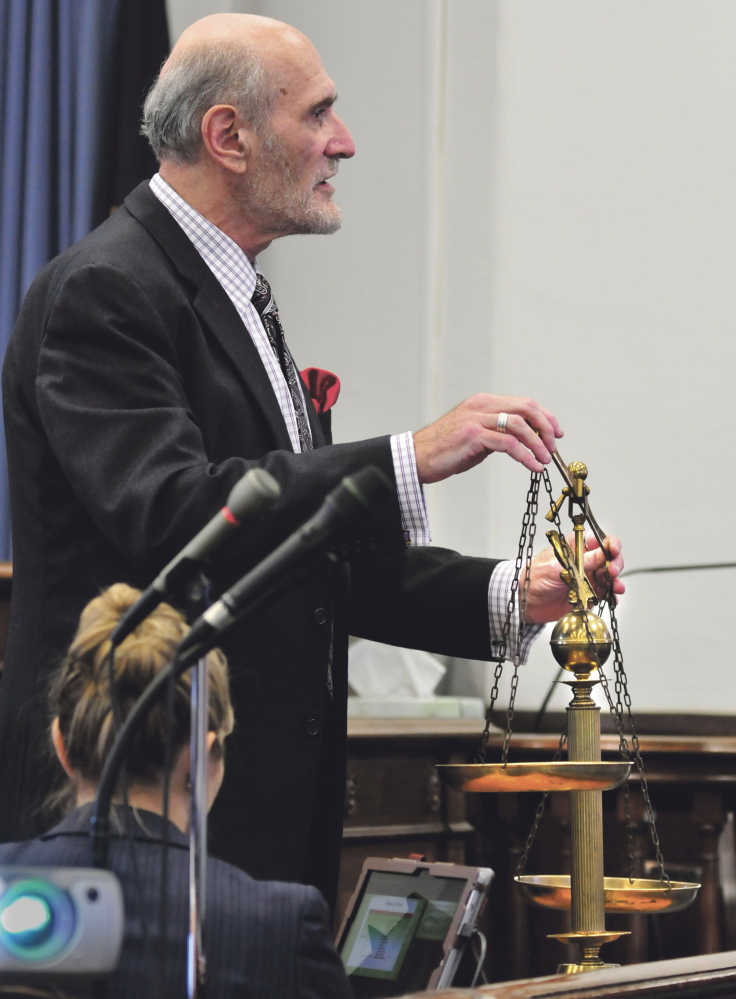

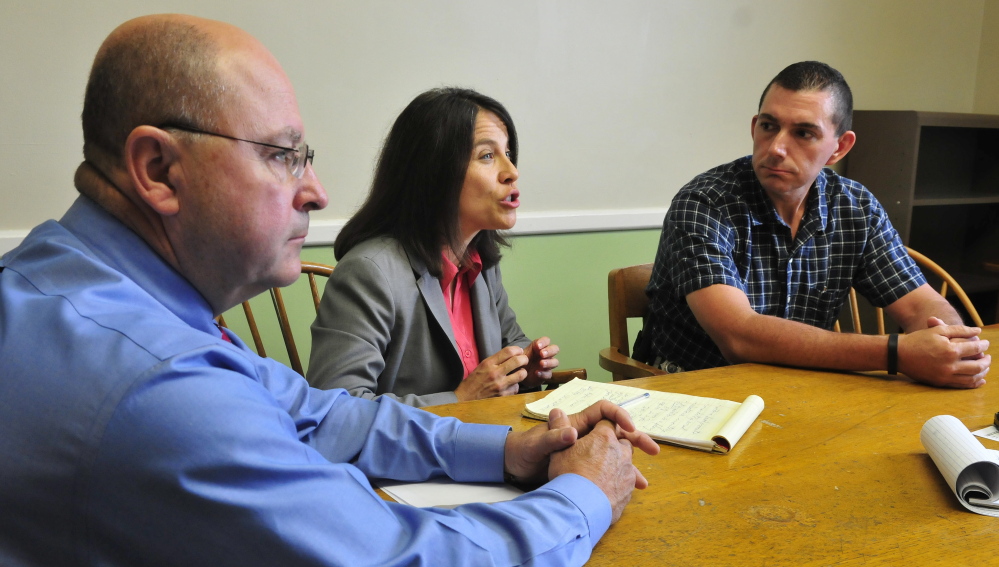


Success. Please wait for the page to reload. If the page does not reload within 5 seconds, please refresh the page.
Enter your email and password to access comments.
Hi, to comment on stories you must . This profile is in addition to your subscription and website login.
Already have a commenting profile? .
Invalid username/password.
Please check your email to confirm and complete your registration.
Only subscribers are eligible to post comments. Please subscribe or login first for digital access. Here’s why.
Use the form below to reset your password. When you've submitted your account email, we will send an email with a reset code.